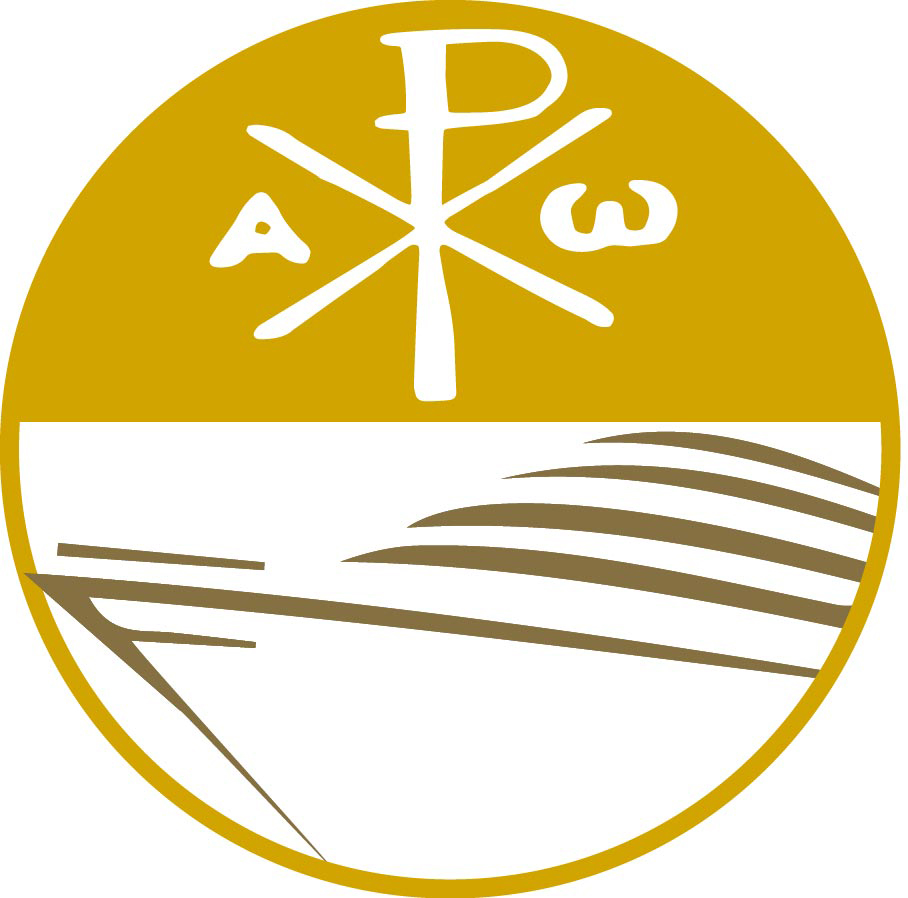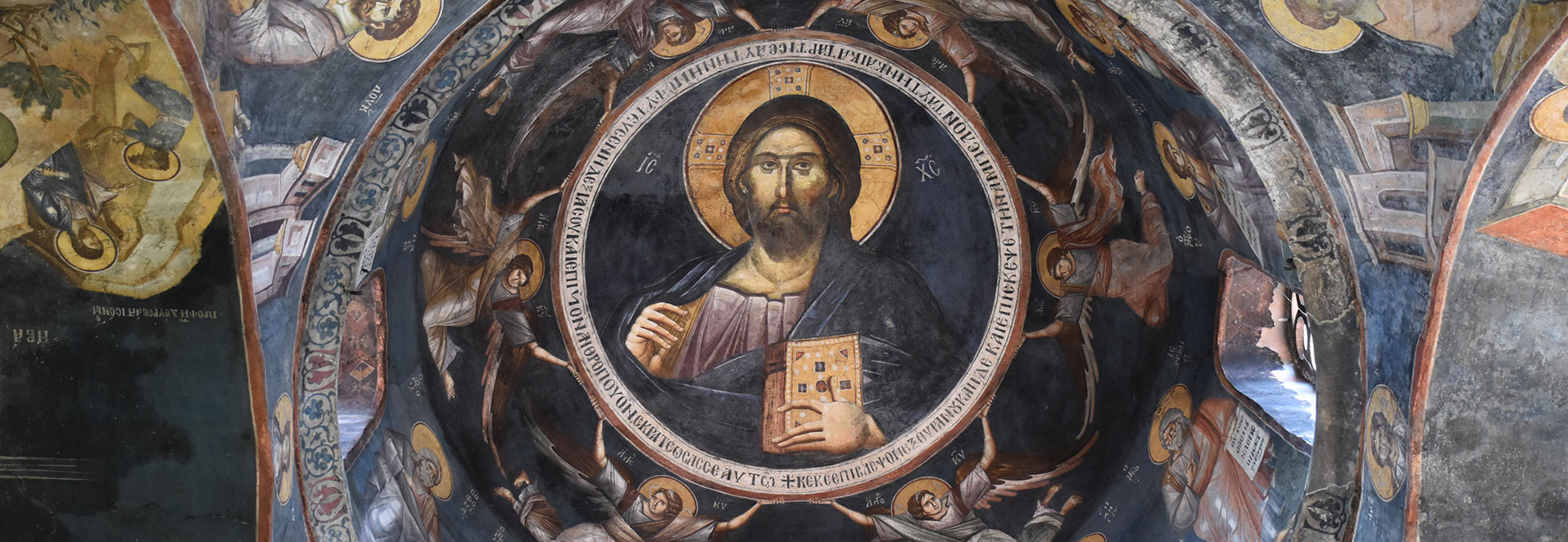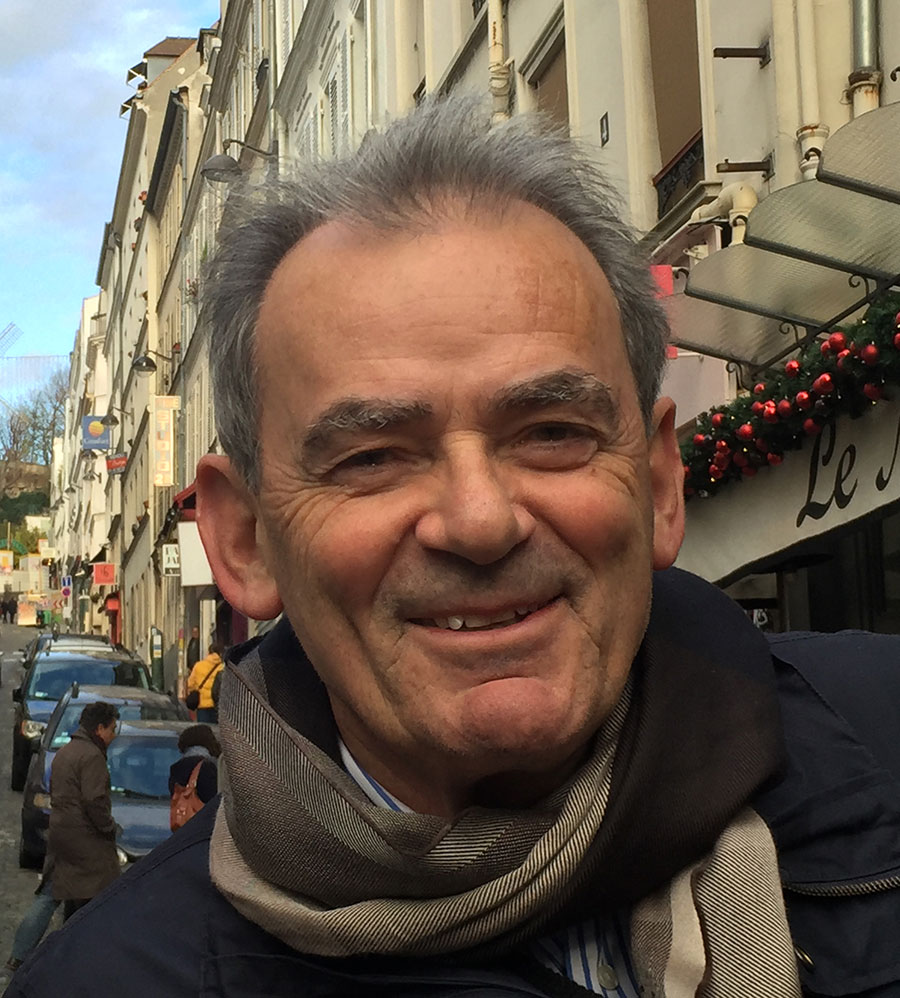François Bœspflug
Convictions, doctrines, and religious experiences are expressed and transmitted through words and discourse, but also thanks to visible forms, in “paintings.” But the result is not guaranteed a priori: it is uncertain whether words will be adequate and explicative or if the forms will be beautiful and beneficial. Prolonged engagement with texts—particularly of a philosophical or theological nature—as well as the tenacious contemplation of works of visual art—particularly religious—have awakened in me the need and enthusiasm, and quickly indeed also the practice and pleasure, to examine them in a methodic and critical way, always remaining cautious and respectful.
This enthusiasm for evaluating works of art after having studied them in depth was encouraged, to the point of becoming long-lasting tropism, by a dual doctoral dissertation in theology and history, for which I examined the first papal text that dealt with the possibility of artists representing God in art, the text of a pope of the Enlightenment, Benedict XIV, published in 1745. Since that moment, I’ve developed a passion for the representation of God and the divine, not just in western Christianity but also in the Christianities of the East in addition to the art of the Abrahamic faiths. Furthermore, having long been a professor of Comparative History of Religions, my interest in this subject matter has also extended to the religions of Antiquity and Asia.
I’ve gradually hewn my approach to works of religious art to be free from value judgments, which are based exclusively or primarily on an aesthetic approach, on the works’ presumed traditionally pious, orthodox, and edifying qualities, trying instead to promote and learn to evaluate as much as possible other qualities of the pieces of art. Such as the singularity and originality of their respective iconographies, or conversely their conventional treatment, the enriching value they have for the life of the spirit or indeed their absence of an innovative contribution, their accordance—sometimes daringly innovative—with the tradition to which they belong, their quality of presence and their capacity to surprise or even to produce an encounter, precisely as occurs for the art of an icon.
François Bœspflug



